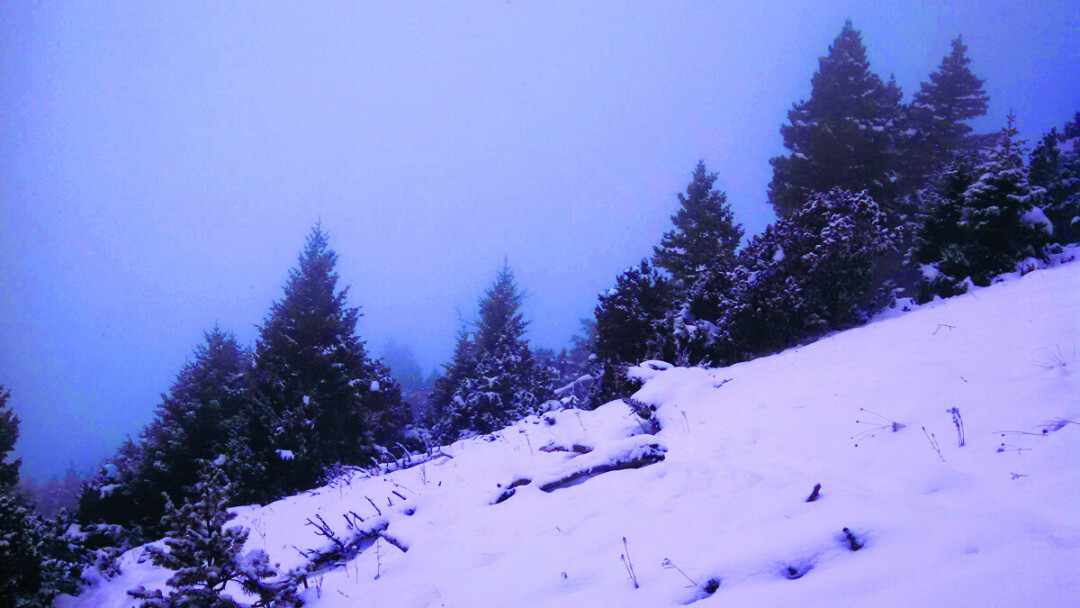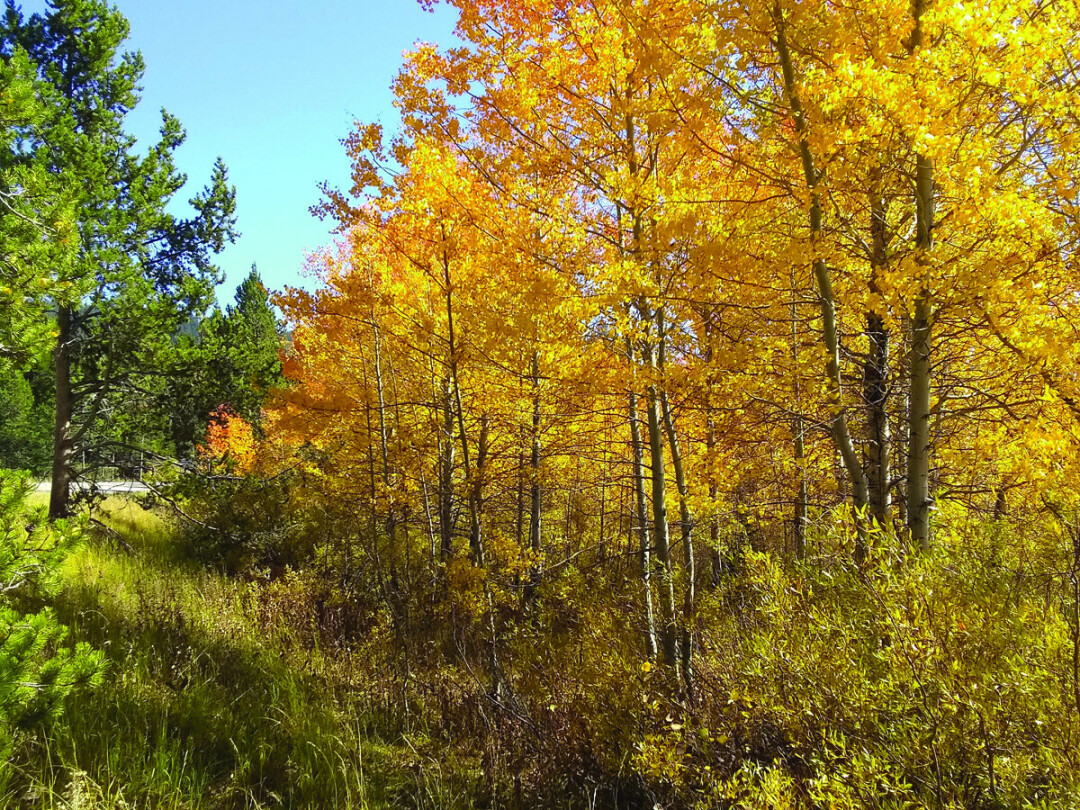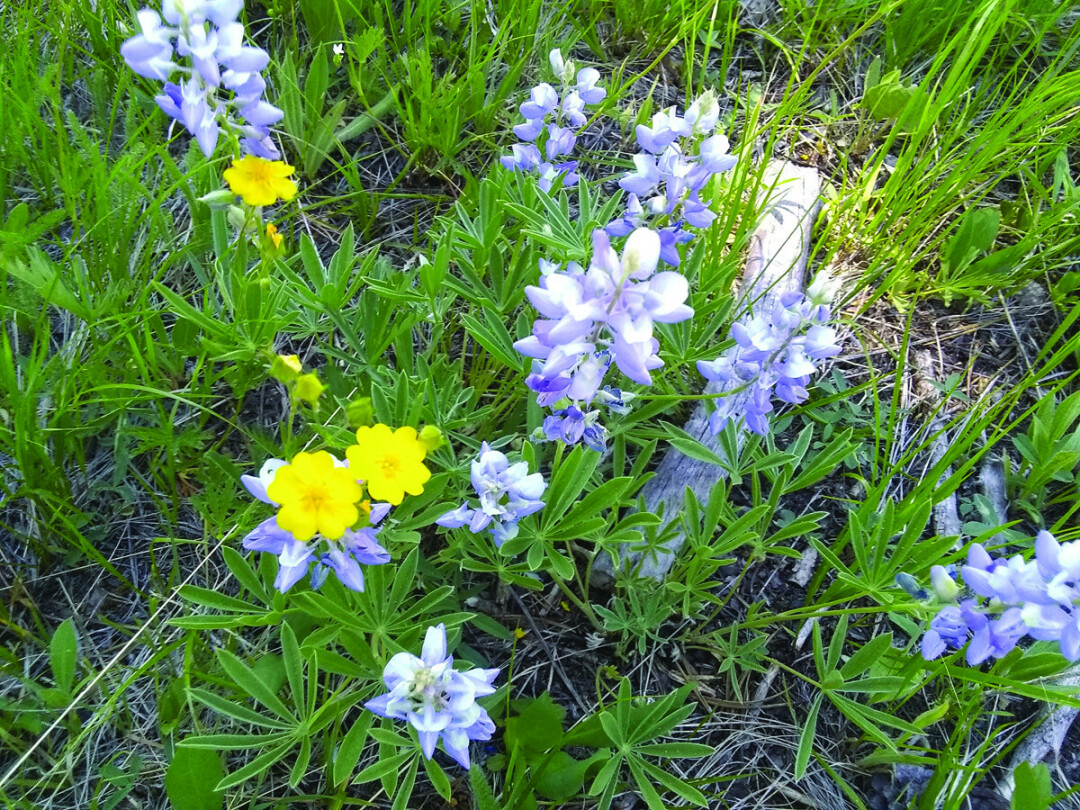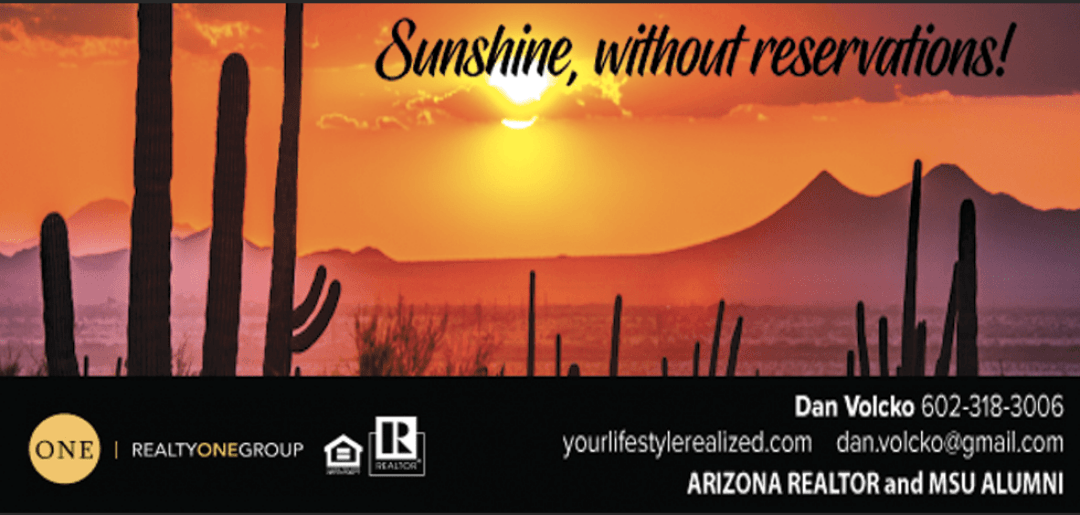Coming Back Into The Country
Steve McGann | Tuesday Feb. 1st, 2022
The great essayist and non-fiction author John McPhee wrote a book about Alaska titled Coming Into The Country. When the idea for this essay came to me, I recalled his title and thought it very appropriate. So I borrowed it. The best part was that I had read the book decades ago and had forgotten it, so I located it on the bookshelf and read it again. It is a wonderful book for anyone interested in Alaska (or any wild country), and the people who love it. There, that testimonial should take care of my guilt for making off with McPhee’s title.
Winter in Bozeman is less a season and more a way of life. Snow can be expected from mid-September until mid-May. In the mountains it can happen any day of the year. Of course, there are stunningly beautiful Indian summer days in October with golden-leaved aspens and cottonwoods above the streams under big blue skies. There are newly awakened, coat-shedding days in April. There are scorchingly bright days after a storm, when the cold air fires up the spirit. Yet there are many days of winter when, a couple hours after rising in the dark you realize it has gotten as light as it will get; the day has no more to offer and the clouds are low enough to make you duck. Or maybe your mood is why your head is hanging. You get through it because you must. You break it down with the calendar into days of work and school and schedule. This sounds dramatic, but some days do bring a low dullness. I read recently that bears do not sleep through the winter. A lot of the time in hibernation their metabolism slows and they just lie there. Sounds about right.
Though we were not native Montanans, Ruth and I had come into the country in the 1970’s, and by the time we retired had been through close to forty of these winters. The first year of retirement we escaped at the end of February for more than six weeks, spending time in California, then in New Zealand visiting our son and daughter-in-law. It was actually early autumn on that side of the world. When we returned to Bozeman the ski hill was closed and spring was in sight, though no one yet knew on which day it would occur.
For a couple years after that we prepared as if winter were a military campaign. Gym memberships, micro-spikes for our hiking boots, new cross-country skis, exercise classes for Ruth, afternoons of research at the library for me. We could not defeat winter, so we would embrace it. For breaks, we would head south for a week or two–even pulled off a couple quick trips to Hawaii by paying attention to flight and hotel deals. Still, there were days that felt like waiting. I would not admit to any wistful gazes toward the lawnmower when I skated into the garage to grab the snow shovel and a cup of ice melt, but you get the picture. Retirement is not a time of life to spend waiting for things. Someday is today.
Finally, we loaded up our camper and headed south one year to find a new ‘lifestyle.’ There is a word that has become meaningless from overuse. My intended meaning here is that of a different outlook through travel, and possibly a new residence. Not a change in china pattern for the place settings. We had spent a lot of time in California and in Utah. We rejected one as too expensive and the other as still too cold. For us, that left Arizona. We had been there a few times and had no strong feelings either way. We decided to check out the greater Phoenix area.
We should have been overwhelmed. Leaving Bozeman and searching for something in the Valley of the Sun (Phoenix) among six million people should have been daunting. But by simply being there in March we were fulfilling our objective of escaping winter. We just kind of let things happen and by a combination of sound ideas, decent advice, and good luck, we found a place to rent in an RV resort for the following winter. Upon arriving the following December, we liked the place so much that we made a purchase, and now have a little trailer in the desert.
We have two homes, one 1100 miles south of the other. We feel very lucky and, at the same time, gratified that a lot of planning and saving paid off. We migrate south in December and travel north in May. We become eager for each transition—each coming back into the country.
The trip south usually occurs in late November, not by the calendar but by the weather. Knowing that the trip is coming, the mornings of frost and even the storms and blizzards of late fall are bearable, even enjoyable in a temporary way. The cold and dark bring little dread when we know we can bail anytime. That is the attraction of the southwest; heat and light. Bozeman lies at a latitude of over 45 degrees north. Apache Junction lies at latitude 33 north. The difference gives an hour more light in the south, half an hour in the morning and half an hour at night. This is very welcome, though not as noticeable as the temperature change.
For that is the main consideration—warmth. On the drive south on Interstate 15, we are always chasing it, though when and where we catch up varies. Some years we find 60 degrees at a favorite little state park in northern Utah. Some years we have to lose the elevation between Cedar City and St. George to find that temperature. Surely though, at some gas stop, when we get out of the car the heat hits us. Not like a punch, but like a sinking in, for both the body and the spirit. The gas pumps and the asphalt are not the best setting, but we quickly find somewhere to stroll with flowers, maybe even a palm tree. We have come back into our southern country, in our case to the Sonoran desert.
During our five-month stay, we often marvel at our good fortune. Whether on the tennis court, the golf course, on a desert hike, or simply sitting on the patio, we feel the sunshine, gaze up at the blue sky above the desert peaks, and smile. The light and the warmth. Of course there are cloudy days in Arizona, but only around six or eight a month, and, hey, we can always use some rain in the desert! December and January can be chilly. Notice I do not use the word cold. That would cost me any claim of remaining a Montanan. It does drop into the 30’s at night.
As the calendar curves around to April there is no chill; sometimes there is not even anything very pleasant. The word at that time is hot. Closer to May, three-digit temperatures are to be expected, and outdoor activities need to be completed well before noon. There is another thing that is more subtle. The desert is by definition arid, even sere. The colors in the Sonora are muted to the point of seeming faded. There are countless shades of brown, grey, red, and yellow, but only the blue sky is vivid. Desert greens are pastels. Our northward journey becomes as much about color as it is about cooling off.
The color we crave is green. Bright grass green, dark pine green, flowing river translucent green. There are hints and beginnings on the drive north. Lawns and new fields, buds and brush, full spring streams. In May, Montana feels as lush as Hawaii. Clouds and rain are great, not confining; they mean more green. The odd snowstorm fails to dampen our mood; it is just more moisture to keep all the growing beauty going. Mow the lawn, plant the glorious annuals. The visual stimulation is intense.
Of course the intensity of the mountain spring fades, just as the intensity of warmth and light becomes ordinary during our southern winters. But in both cases the comfort remains to be fully appreciated. The knowledge of the trips and transitions of the future fires our anticipation. We are always aware that change is out there to be experienced with the next coming back into the country. 
| Tweet |
